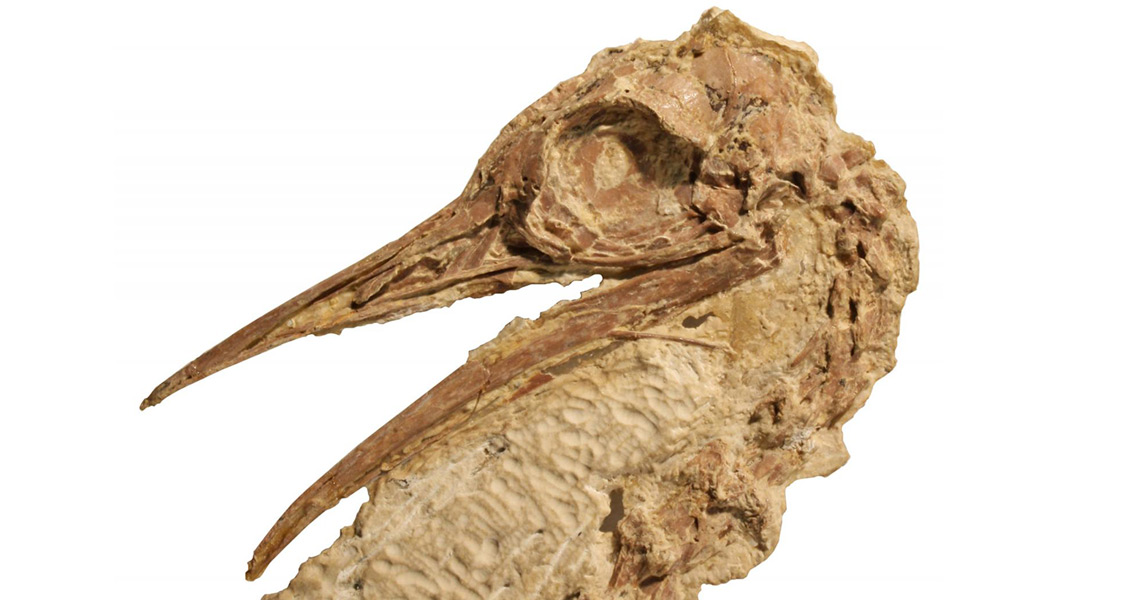<![CDATA[Fossils discovered over a decade ago represent a previously unknown, extinct relative of the modern day ostrich, according to new research. The 50 million year old fossils represent a new species, providing a once in a life time opportunity for paleontologists to gain new insight into the development of modern birds. Discovered in a former lake bed in Wyoming, USA, the fossils are remarkably well preserved, complete with bones, soft tissue and feathers. "This is among one of the earliest well-represented bird species after the age of large dinosaurs," said Sterling Nesbitt from Virginia Tech's College of Science and part of the university's Global Change Center, one of the co-authors of the paper. "You can definitely appreciate how complete these fossil are." said Nesbitt, in relation to the remains, in an interview with Virginia Tech News. The new research paper is published in the Bulletin of the American Museum of National History. Named Calciavis grandei, the newly discovered species is believed to have been roughly the size of a chicken. The creature was probably a predominantly ground dwelling bird, again, much like a chicken according to the authors, only engaging in short bursts of flight to evade predators. The species was partially named after renowned archaeologist Lance Grande, who had studied fossil fish in the same lake the new species was discovered in. The first part of the name is comprised of calci, meaning hard or stone, and avis, the Latin for bird. Fossil diggers unearthed two Calciavis fossils in the Green River Formation in Wyoming, a site usually considered a hotbed for fossilised fish. The Calciavis fossils date back to the Eocene Epoch, between roughly 56 million and 30 million years ago. Nesbitt, and his co-author Professor Julia Clarke, believe the fossils fit into the extinct group of early Palaeognathae birds, the Lithornithidae. They explain that the extinct bird is a close relative of ostriches, kiwis and tinamous now living in the southern hemisphere. Calciavis likely went extinct following the disappearance of tropical forests in North America. The creature’s discovery offers fresh insight into the chronology and distribution of tropical birds on the continent. “The new bird shows us that the bird group that includes the largest flightless birds of today had a much wider distribution and longer evolutionary history in North America,” Nesbitt said. “Back when Calciavis was alive, it lived in a tropical environment that was rich with tropical life and this is in stark contrast to the high-desert environment in Wyoming today.” The discovery of such a spectacularly well preserved example of a new species has the potential to greatly aid the interpretation of both bird fossils discovered decades ago, and those found in the future. “This spectacular specimen could be a ‘keystone’ that helps interpret much of the sparse fossils of birds that once lived in North America millions of years ago,” said Nesbitt. For more information: American Museum of Natural History ]]>
Fossils of 50 Million Year Old Ostrich Relative Discovered
